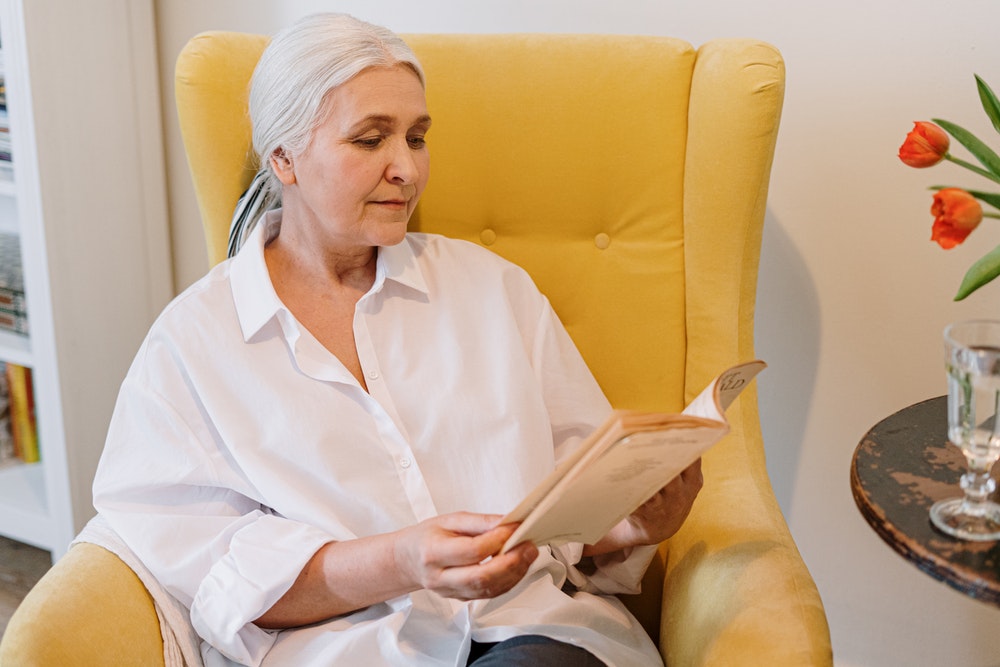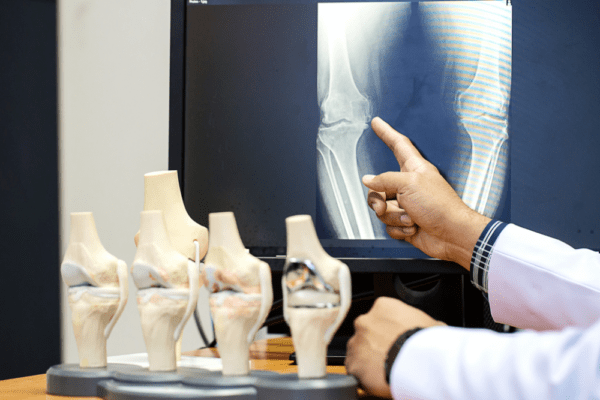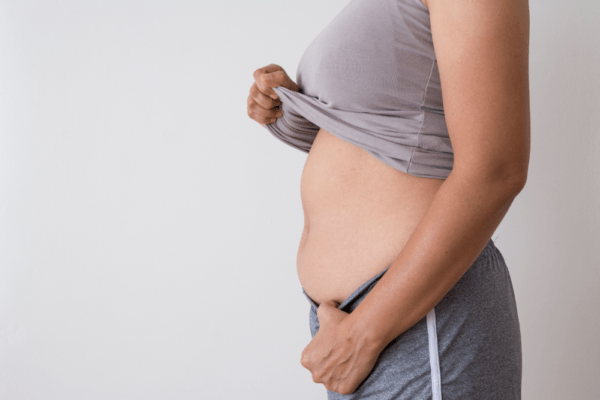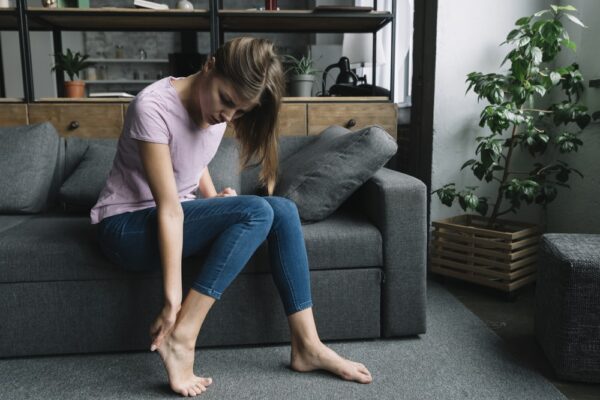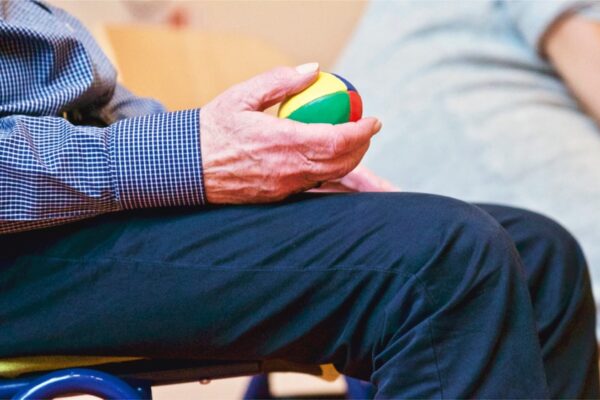For many women, menopause is about more than just hot flashes and halting of periods. Preventing bone loss is also an important concern during menopause and in the post-menopausal stages. As you grow, your bones begin to break down faster than they can rebuild. Menopause can increase the risk of developing osteoporosis as it significantly speeds up the bone loss process.
Loss of bone is a natural part of aging but the loss accelerates during and after menopause. Research indicates that up to 20% of bone loss can happen during perimenopause and post-menopause stages and women can lose bone mass between 2 per cent and 7 per cent. But why does that happen?
Link between Osteoporosis and Menopause
According to the National Institute on Aging, most women start experiencing the changes of menopause between the ages of 45 and 55. Menopause changes the body in ways that are not only related to hormones.
There’s a direct connection between the lack of estrogen, during perimenopause and menopause and the development of osteoporosis.
Osteoporosis affects 50 per cent of women, largely because of the loss of estrogen, a natural consequence of menopause, during menopause. The hormone estrogen plays an important role as a natural protector and defender of bone strength. As women enter menopause, their estrogen and progesterone levels begin to fluctuate and then drop. When you lose estrogen, your bones can become thin and susceptible to breaking more easily.
Women who are at greater risk for osteoporosis are those who:
- Experience early menopause, before age 45
- Go a long time without having a menstrual period
- Have very irregular periods, indicating that they are not ovulating regularly
Signs and Symptoms of Osteoporosis
Osteoporosis often called a “silent disease”, is a disorder that weakens and bones and bone density, increasing the chances of fractures. Osteoporosis literally means “porous bones” and often progresses without any symptoms or pain.
The actual cause of osteoporosis is unknown. People may not know that they have osteoporosis until their bones become so weak that a sudden strain, bump, or fall causes a fracture or a vertebra to collapse.
Any fracture in postmenopausal women can be considered due to osteoporosis unless related to an accident. Common ways to identify osteoporosis induced fracture or broken bone includes:
- Back pain if there are small fractures, or if vitamin D is extremely low
- Loss of two inches in height is a sign of vertebral bone collapse
- Kyphosis or a hunchback appearance in the advanced stage
- Bone fractures due to weakening from osteoporosis common in hip, wrist, and spine
Prevention and Treatment Options
There is no cure for osteoporosis. But treatment advances that increase bone density can help protect and strengthen your bones and reduce the pain and debilitating injuries.
If you’re entering menopause, it’s a good idea to have a bone density scan (DXA) to measure the amount of minerals in your bones. Another method of treating osteoporosis includes hormone replacement therapy, or HRT, which is prescribed for post-menopausal women. HRT involves replacing the estrogen lost after menopause to give women the continued benefits of the hormone, particularly for their bone health. However, based on the results of a study, hormone therapy is no longer routinely recommended for most women solely for the purpose of preventing osteoporosis. This is because women on HRT were found to be at higher risk for blood clots, stroke, and breast cancer. Consult with your doctor about the treatment option before moving further.
Although osteoporosis is a lifelong condition, it can be treated effectively. Available treatments range from over-the-counter drugs, calcium and vitamin D supplements to prescription medications that slow bone loss and even rebuild bones.
You can also reduce the risk of osteoporosis by following a few lifestyle changes.
- Eat foods high in calcium, such as milk and low-fat dairy products. The National Institutes of Health (NIH) recommends that people ages 19 to 50 get 1,000 milligrams (mg) of calcium each day. If you’re over age 50, you’ll need 1,200 mg of calcium each day. A wide range of non-dairy foods also contains calcium, such as calcium-fortified soy or almond drinks, firm tofu, almonds, brazil nuts, unhulled tahini, dark green leafy vegetables and fish with edible bones, such as sardines or tinned salmon.
- Vitamin D is important to help your body absorb calcium. Fatty fishes like salmon or mackerel are good sources of vitamin D from food. Being in the sun is the natural way to vitamin D in the body. But don’t stay out in the sun for extended period of time.
- Do regular weight-bearing exercises for building and maintaining strong bones. Walking, jogging, dancing, and aerobics are all good forms of weight-bearing exercise that you can make part of your fitness routine.
- Avoid smoking and excessive alcohol intake.
If you’re in the stages of menopause, consult with your doctor to find efficient ways to preserve your bone health and plan on the safest course of action to treat or prevent the disease.
